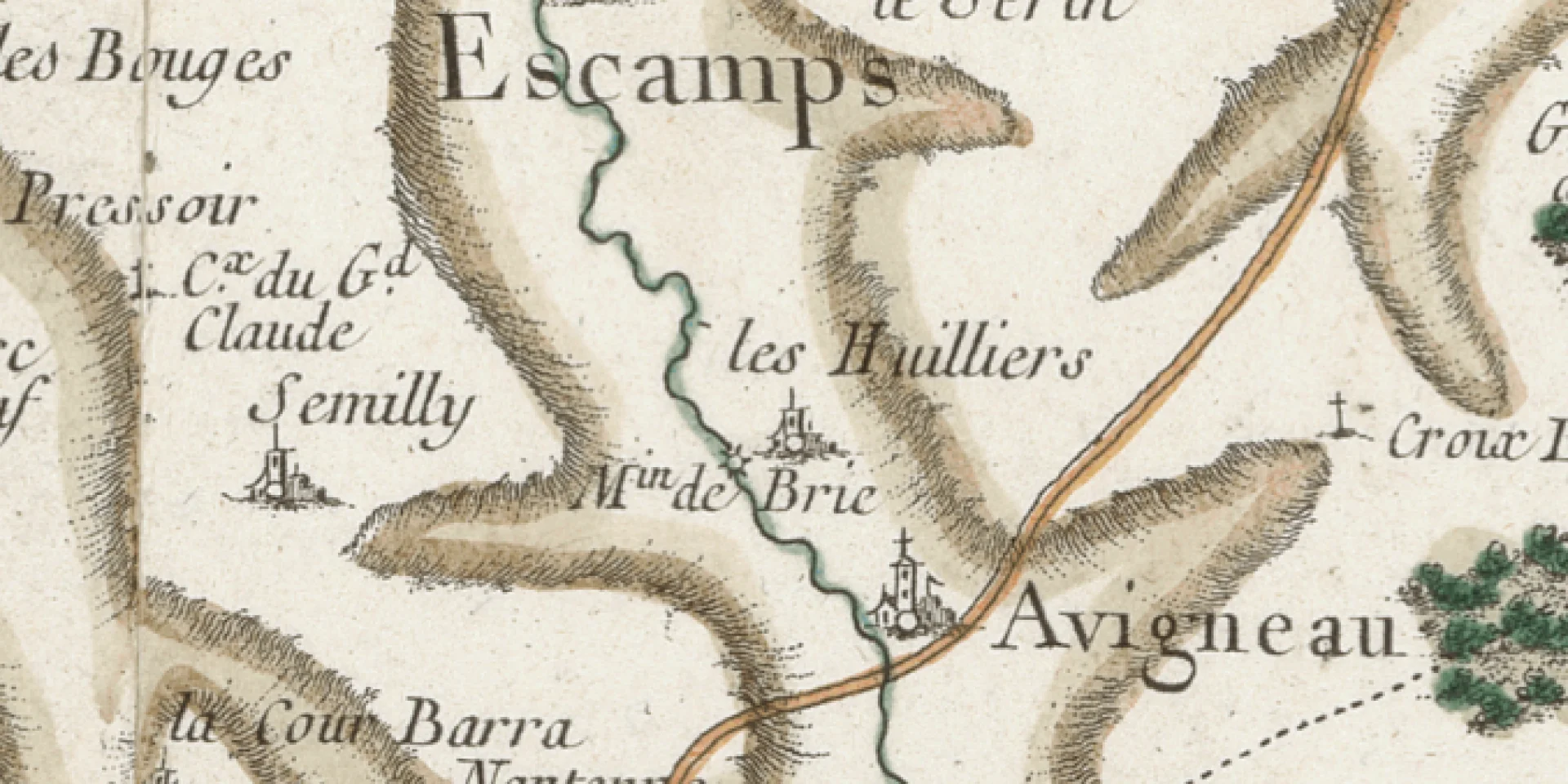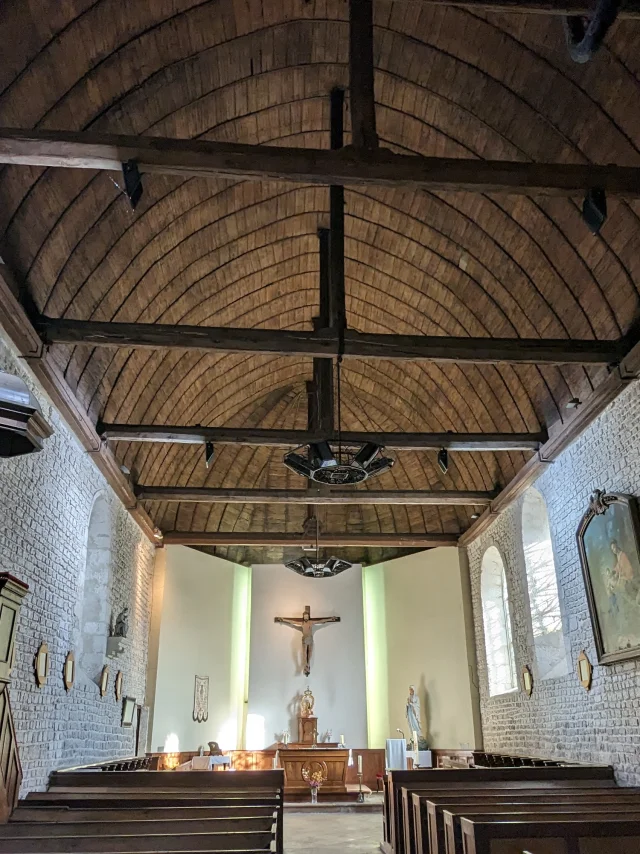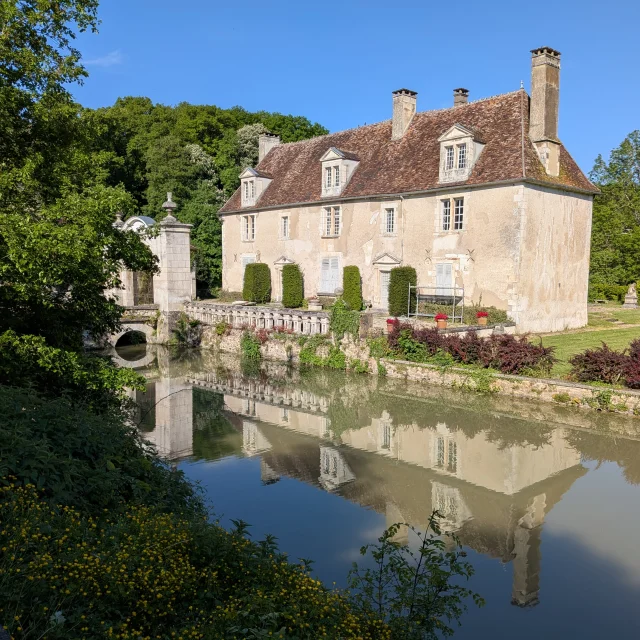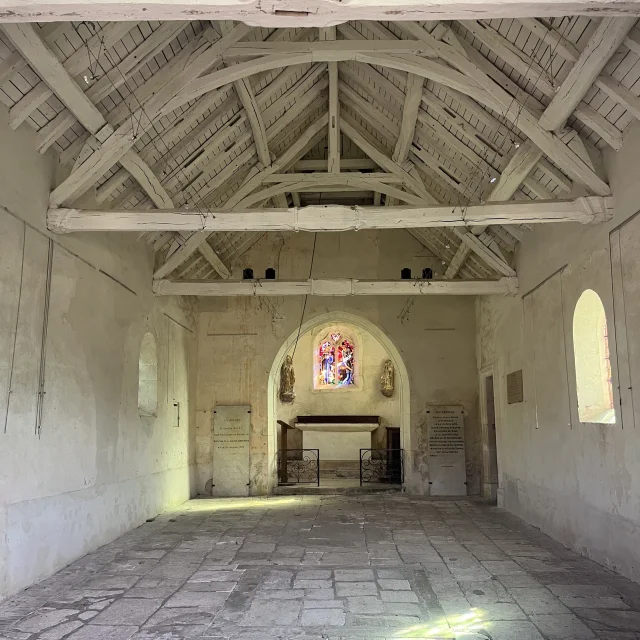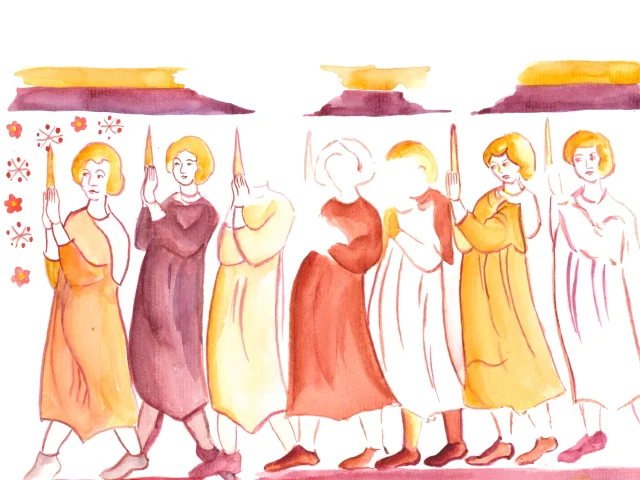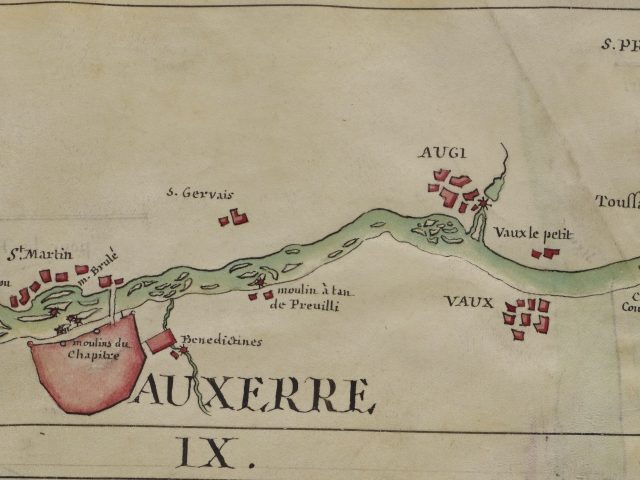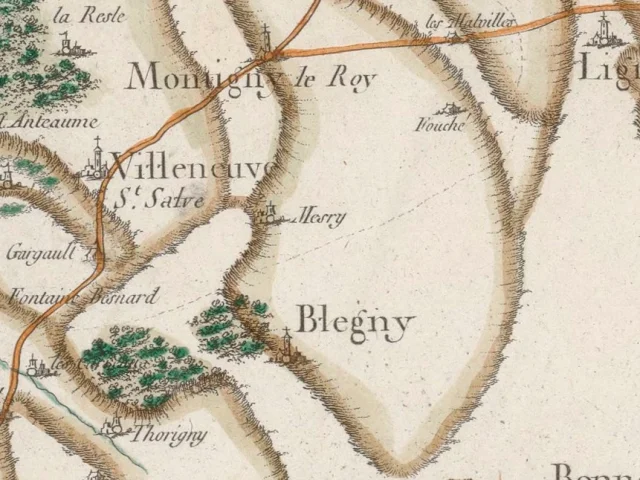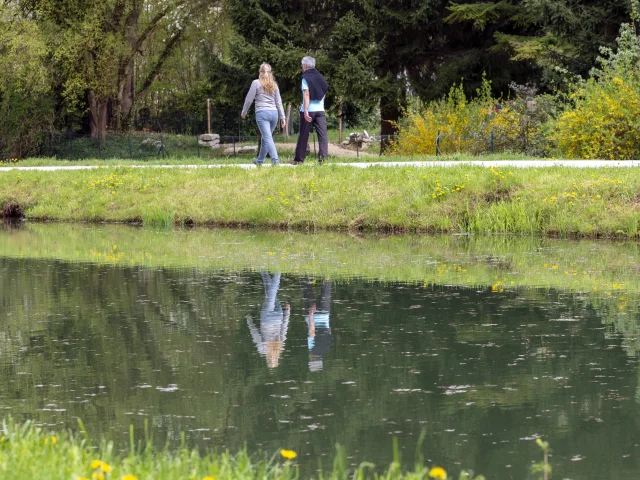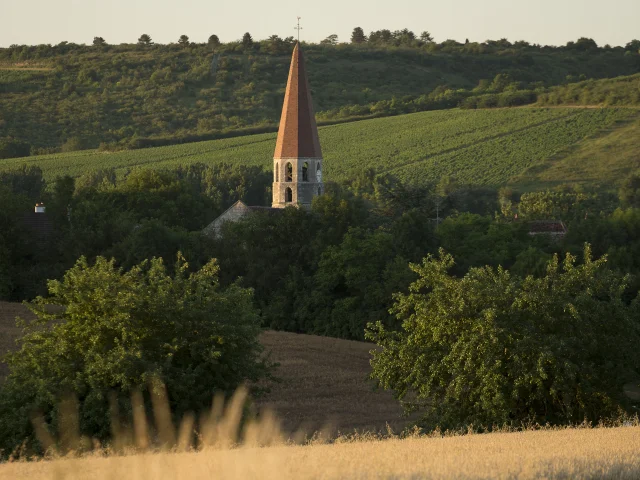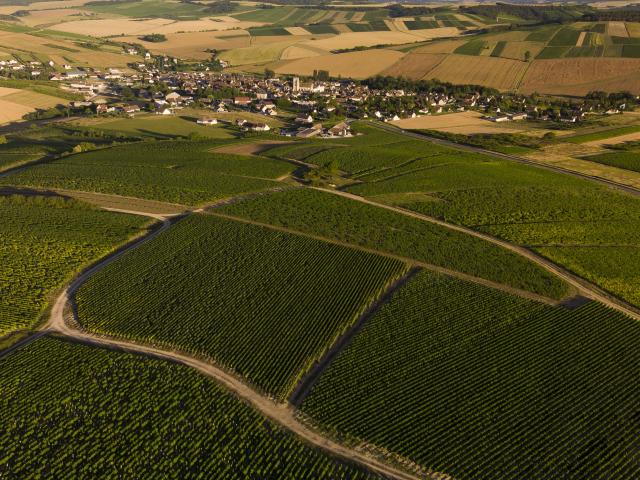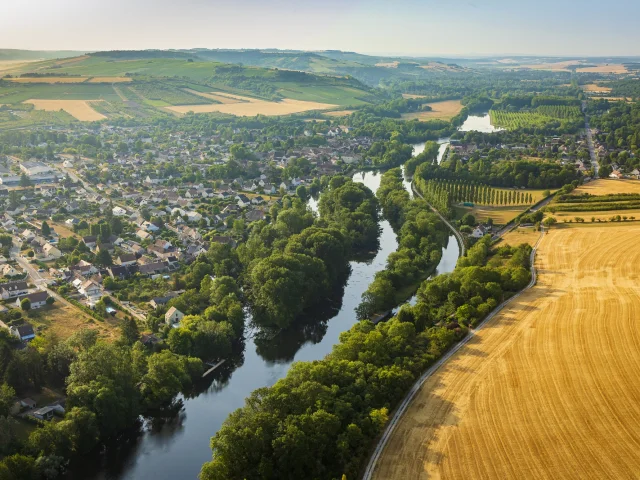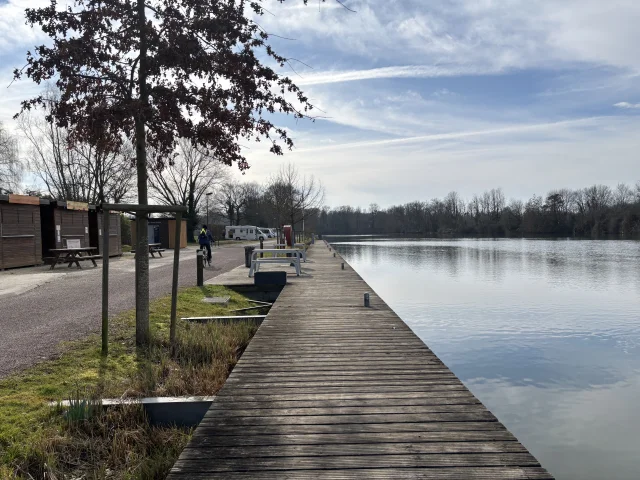The Origins of Escamps
The commune of Escamps lies atop a subsoil rich in sands and clays of varied colors. These two materials were long sought after, notably for the production of tiles and pottery. The village itself is located in a fertile valley on the right bank of the Ru de Baulche stream, which once powered several mills. Thanks to its agricultural resources, Escamps was a prosperous and important rural and craft-based parish.
During the medieval period, Escampas was directly linked to Auxerre, particularly to the powerful Abbey of Saint-Germain d’Auxerre, which owned the village church and provided its protection. In the 12th century, Abbot Jean de Joceval had wide defensive ditches dug around Escamps and its church. The Church of Saint George was then a site of local healing pilgrimage, established as early as the 8th century. During the Hundred Years’ War, additional fortifications were built in Escamps, and between 1407 and 1435, the village was the site of a major battle between the Armagnacs and the Burgundians.
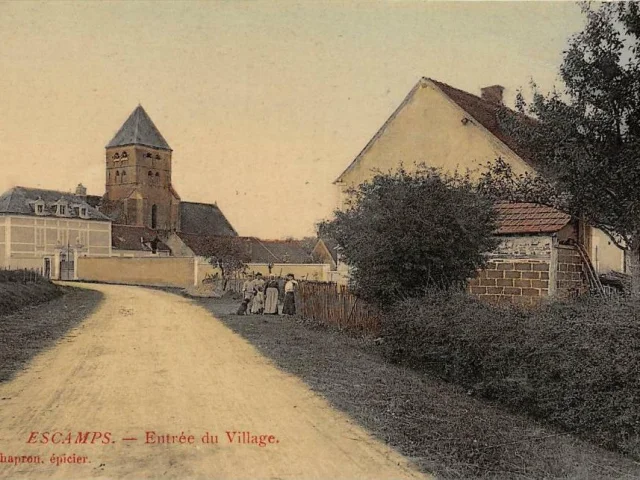 Escamps Entree Village Cpa Glacee
Escamps Entree Village Cpa Glacee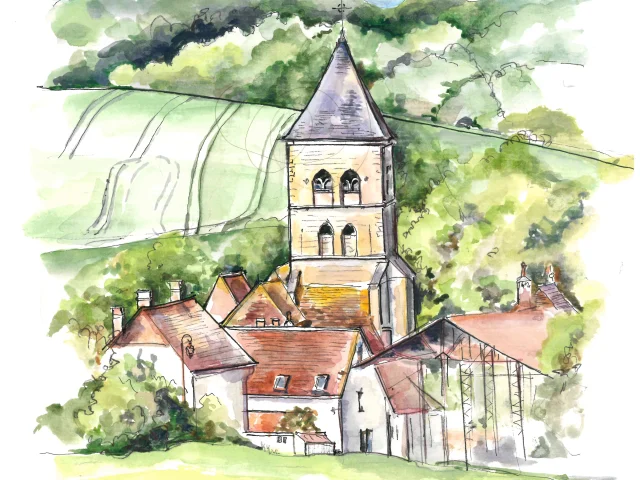 Escamps Eglise
Escamps Eglise Interieur De La Chapelle Davigneau Rotated
Interieur De La Chapelle Davigneau Rotated